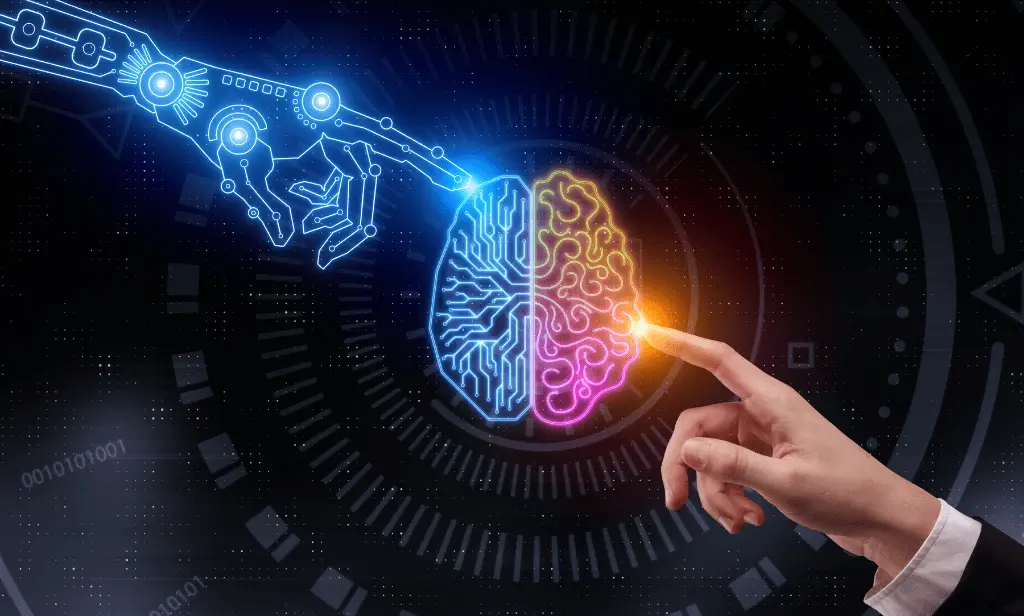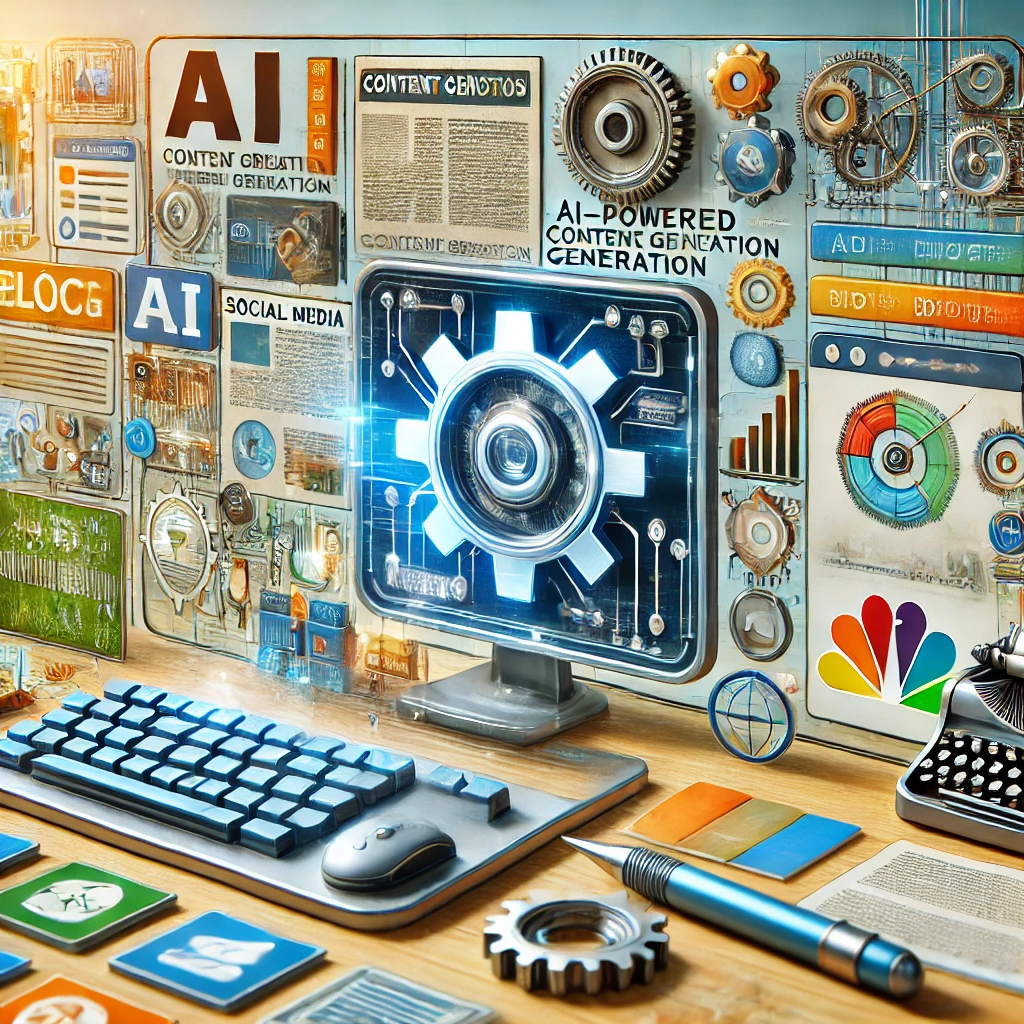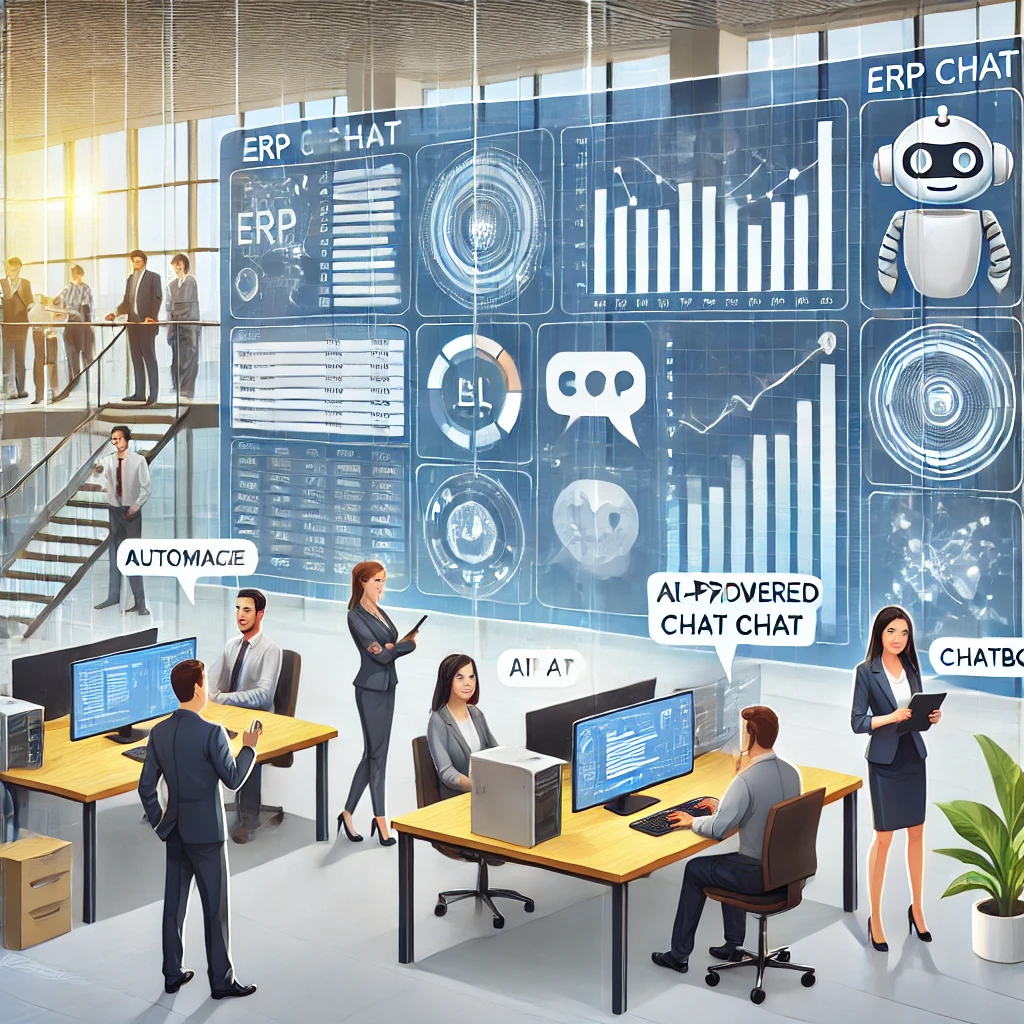
Artificial Intelligence and Machine Learning are undoubtedly the most disruptive technologies that empower any machine to learn from data, make decisions, and perform operations more or less under the lines of human-like intelligence. Through this blog, I will cover all the facts about AI and ML, their applications, and their advantages; telling what bears out in the future for such pioneering technologies.
What is Artificial Intelligence (AI)?
Artificial Intelligence implies the reproduction of human reasoning in machines that are designed to think and act like human beings. It typically refers to a system able to perform tasks like learning, reasoning, problem-solving, perception, or understanding language.
What is Machine Learning (ML)?
More formally, ML can be viewed as a subset of AI concerned with the design of algorithms and statistical models that provide machines the ability to learn—thereby making decisions—without being explicitly programmed. The bottom line is that a model is trained on data to identify a pattern and make predictions.
Types of Machine Learning
- Supervised Learning: Supervised learning would train the model on labeled data. Here, the target output is already known. Common algorithms include linear regression, decision trees, and support vector machines.
- Unsupervised Learning: A model trained on unlabeled data should have the capability to identify the patterns and relationships that exist within the given data. Common algorithms include k-means clustering and principal component analysis.
- Reinforcement Learning: The model learns from the interaction with the environment through rewards or penalties for this interaction. It is in wide application in robotics, gaming, and autonomous systems.
Applications of AI and ML
- Healthcare: AI and ML for the diagnosis of illnesses, treatment plans that are targeted and personalized, drug discovery, and predictive analytics to work out patient outcomes.
- Finance: Fraud detection, risk management, algorithmic trading, and chatbots for customer service are some interesting uses in the financial sector.
- Retail: From suggesting a product to a customer based on his purchase behavior, managing the optimum inventory level, or customer behavior analysis, the retail experience has been enhanced.
- Transportation: Self-drive automobiles, intelligent traffic management, and predictive maintenance are changing the very concept of transport.
- Entertainment: Recommendation of content, image and speech recognition, or even gaming come under the applications of AI and ML in entertainment
- Manufacturing: Predictive maintenance, quality control, or even supply chain optimization drive efficacy and cost-saving. AI and ML Benefits
Benefits of AI and ML
- Automation: All of the mundane and repetitive tasks are automated by AI and ML so that more complex and creative human work is attended to.
- Accuracy: The technologies increase the accuracy of data analysis and in decision-making processes.
- Efficiency: AI and ML optimize processes to save time and reduce costs.
- Personalization: They give way to personalization in industries ranging from health to retail.
- Innovation: This drives innovation, discovering new insights and possibilities out of vast amounts of data using AI and ML
Future Prospects of AI and ML
The future of Artificial Intelligence and Machine Learning looks bright and progressive, with newer applications coming up all the time across sectors. Some expected trends are:
- Explainable AI: Making AI models increasingly transparent and interpretable for building trust and securing ethical usage.
- AI in Edge Computing: Merging AI with edge devices for real-time processing and decision-making.
- AI for Social Good: Apply artificial intelligence in the quest of a green, clean, healthy world—climate change, accessibility to healthcare, disaster response
- Human-AI Collaboration: Empower human ability through the fusion of gut feel and AI-driven insight.
- Advancements in Natural Language Processing (NLP): Increased ability of AI to understand and generate human language further virtual assistants and language translation tools.
Conclusion
AI and ML are doing their part in changing the future of technology to make machines learn, adapt, and perform tasks that further extend human ability. If technologies advanced in health, finance, and transport give the final shot to entertainment, industries will experience a revolution and maintenance of innovation. If these two technologies continue to be created and further developed, big is their potential for solving critical problems and improving life quality.

 Software Development
Software Development Food Delivery
Food Delivery Taxi Booking
Taxi Booking E-Commerce
E-Commerce Real Estate
Real Estate Healthcare
Healthcare



